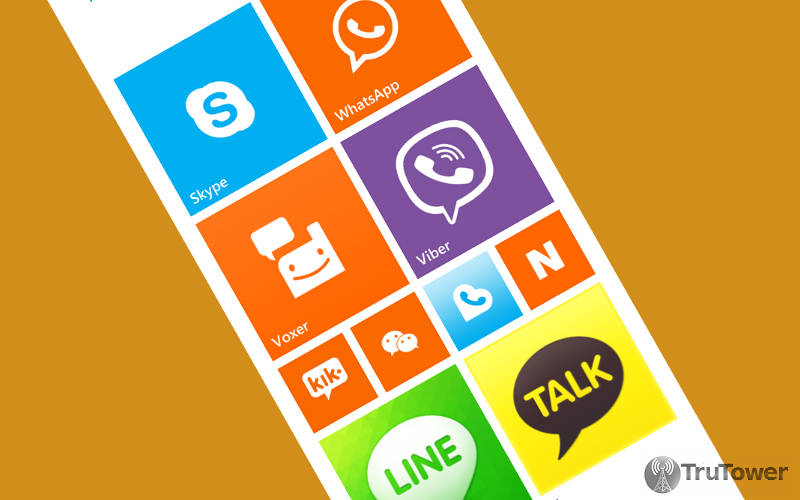While mobile VoIP was expected by some to reach 1 billion users by 2017, that number seems incredibly small with many messaging apps integration VoIP capabilities into their platforms. In fact, it’s expected that instant messaging applications will reach two billion users by the end of 2014, and they’ll be dragging mobile VoIP along for the ride.
This information comes courtesy of analyst Ovum and its newest report on the “social messaging” phenomenon, which it says will reach “mass adoption” next year, surpassing two billion users from its current billion plus mark.
This isn’t too surprising, considering LINE just surpassed 300 million users, WeChat has surpassed 400 million registered users (270 million of which are active), and Skype has a goal of hitting 1 billion users by itself. There’s also WhatsApp’s 350 million users and Viber’s 200 million users to consider. Of course, this also isn’t even making mention of other apps in the space, just those that are currently the most popular at the moment.
Messages sent through apps will grow from 27.5 trillion to 71.5 trillion by next year.
According to the report, messages sent and received through these apps will grow from 27.5 trillion in 2013 to 71.5 trillion by the end of 2014. Snapchat alone sees 400 million “snaps” sent per day.
“There is an increasing shift to mobile devices on either side of the development process and there is no doubt that mobile-first services make fuller use of the advantages of mobile than services that are ported from the PC to mobile,” said Neha Dharia, Analyst, Consumer Telecoms and author of the Ovum report.
Growth in smartphone shipments is one attributable reason why these apps are seeing so much growth. Many of these apps also offer local, exclusive content and additional entertainment such as games and stickers. This content allows the apps to monetize themselves, bringing in millions in profits.
Larger numbers of users are required to make the games and stickers model work according to Ovum, however, so startup applications might have a hard time breaking into the market. According to Ovum, once apps have past the two-year-old mark, they can count themselves as a success, which makes Snapchat’s decline of Facebook’s $3 billion dollar offer all the more incredible. Stickers and emoji features in apps are expected to increase in popularity over the coming year.
Deals between phone carriers and messaging apps will grow as the messaging app space expands.
Carrier partnerships are also expected to come out of the growth in these apps, as we’ve seen in the past with Nimbuzz. Nimbuzz most recently partnered with Hutch in Sri Lanka, but also signed a deal with Mobilink back in May and India’s Aircel back in March.
While these types of agreements are common, it’s possible that carriers might also be looking to advertise via these apps to increase their ability to engage with customers beyond traditional social networks like Facebook and Twitter, which should also help the carriers make up for their well-documented decreases in text messaging revenues as well as calling revenues in regards to VoIP.
We’ve said before that carriers would need to evolve and integrate calling and messaging apps into their new business models and it looks like that is steadily starting to happen. If these reports prove true and messaging apps double in popularity in the next year, which appears to be quite accurate thus far, it will undoubtedly lead to even more evolution by carriers (as well as an increase in acquisitions). All in all, this should bode well for consumers looking to get more out of their favorite mobile applications.

